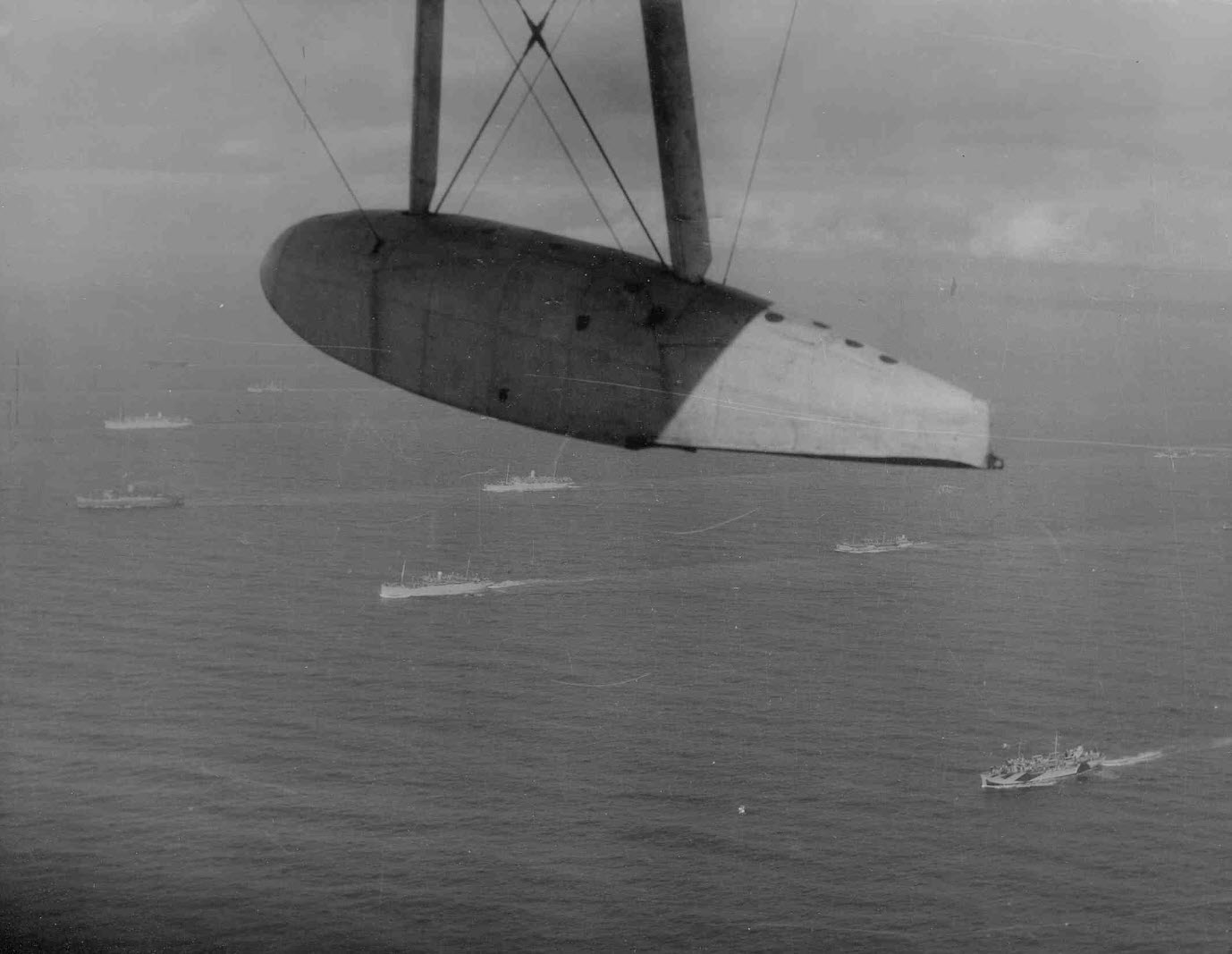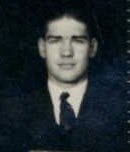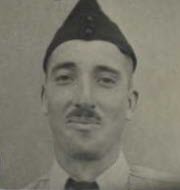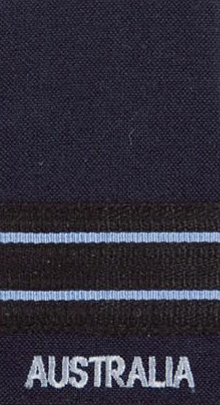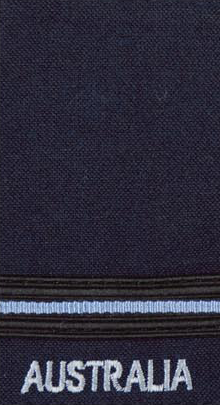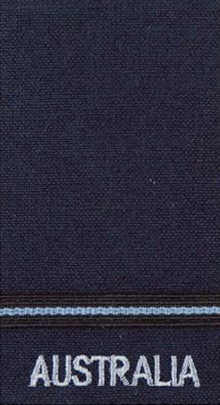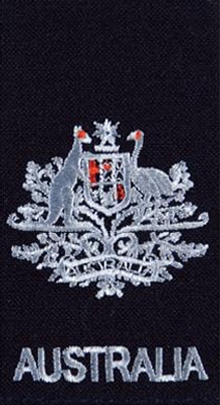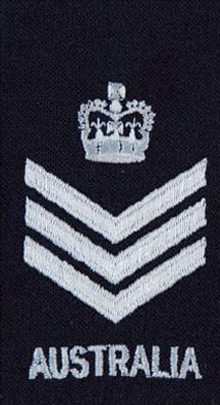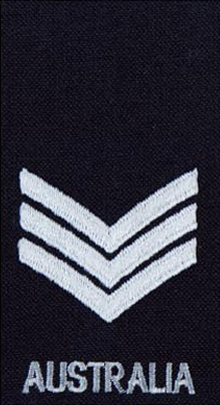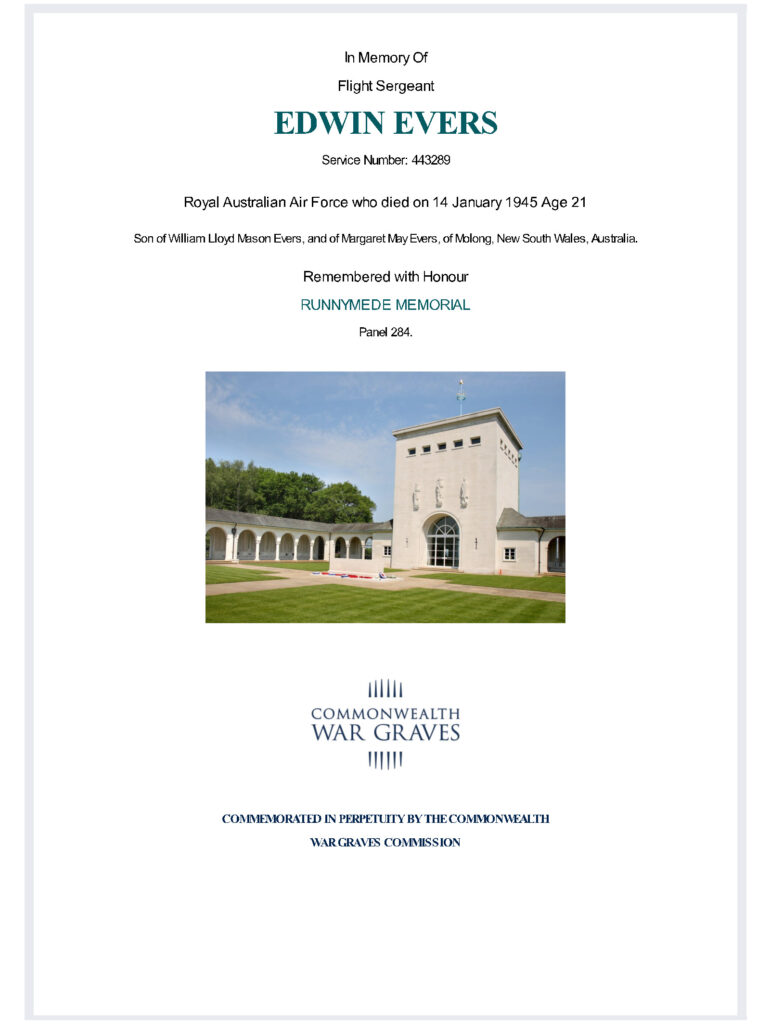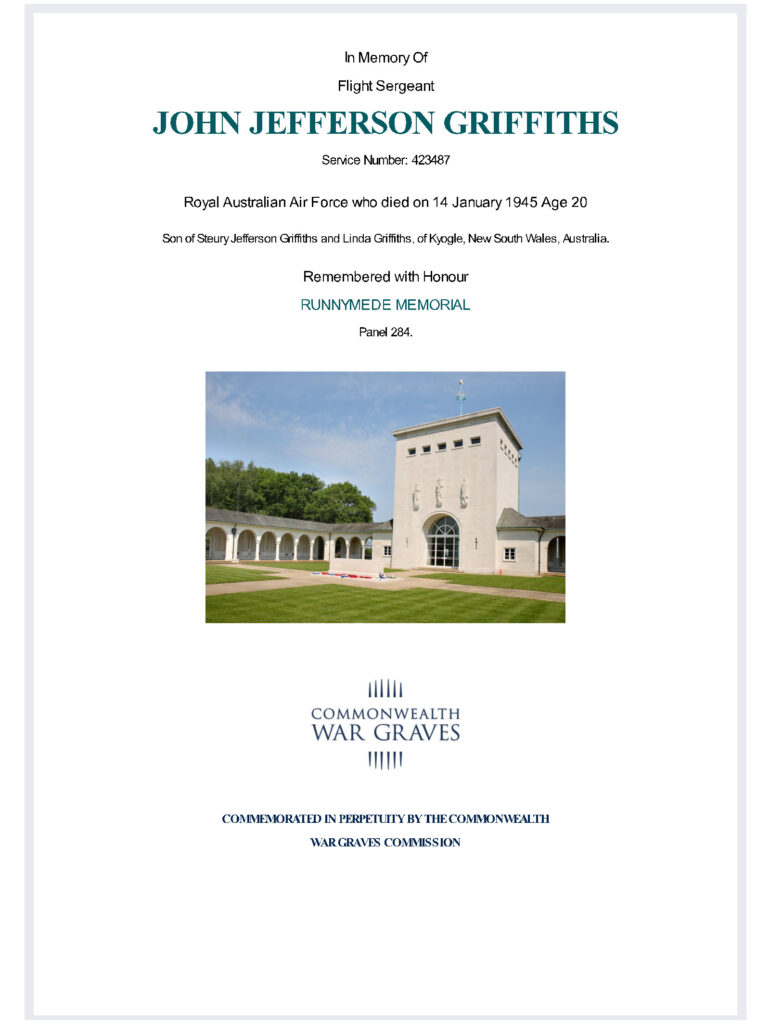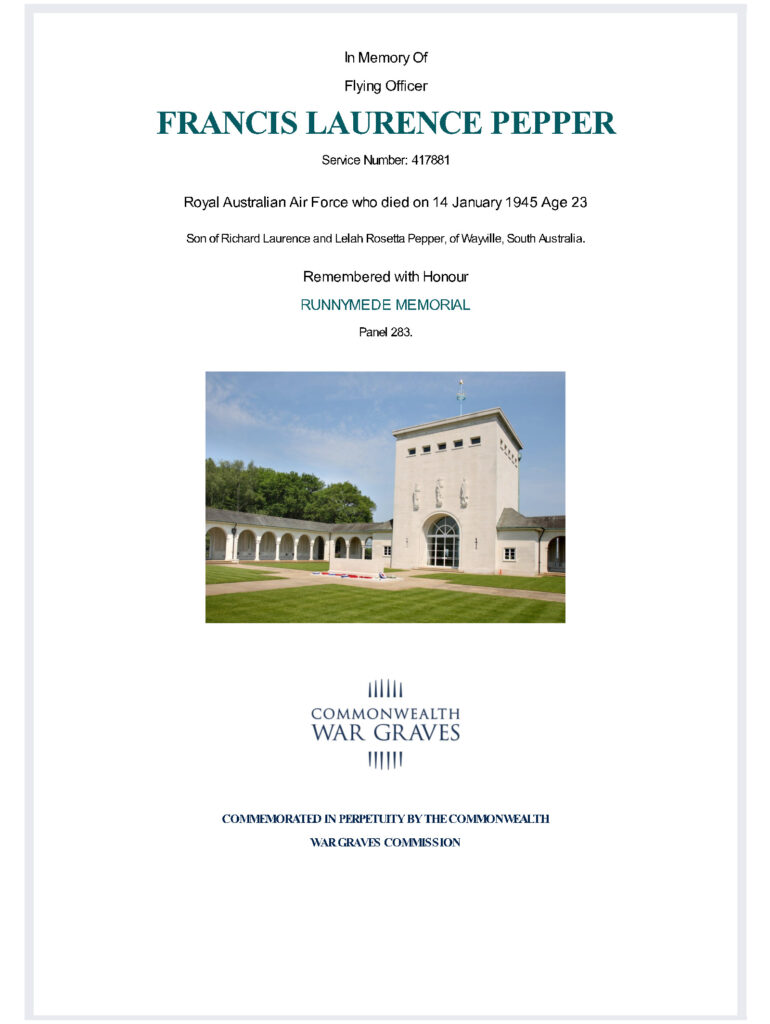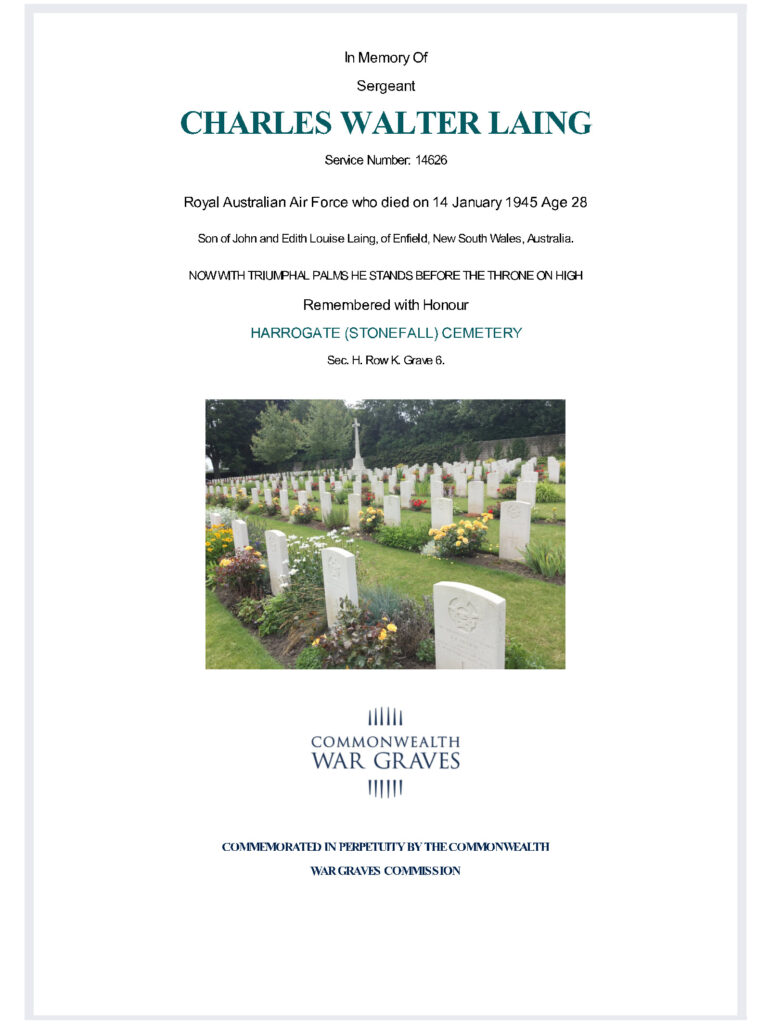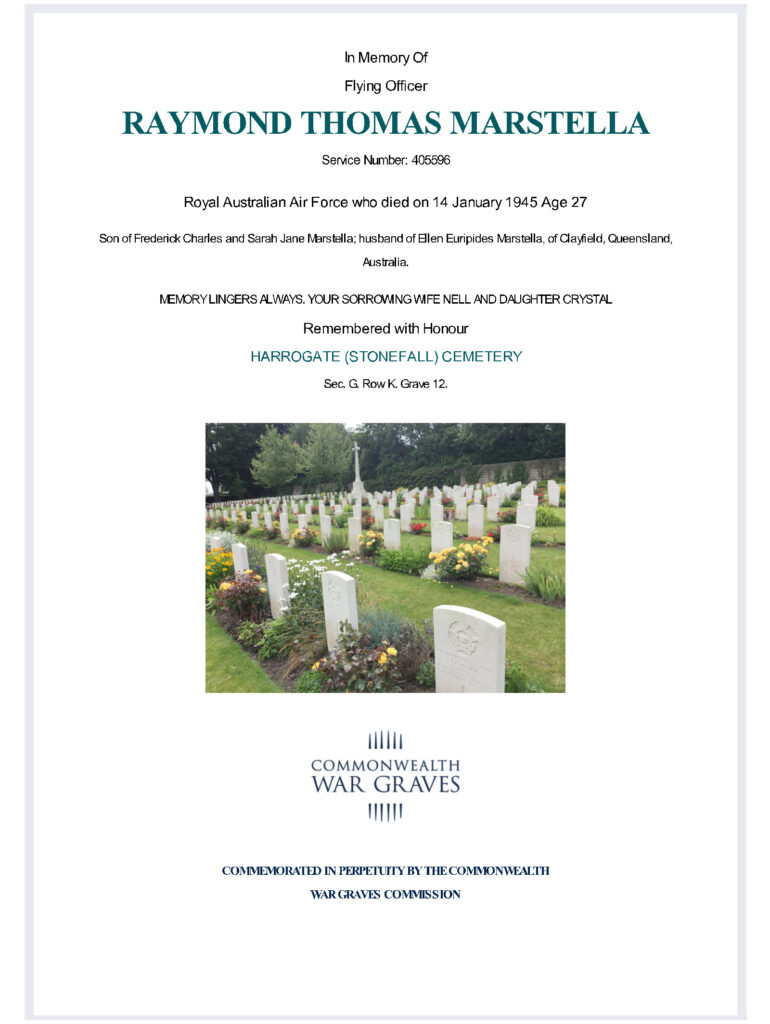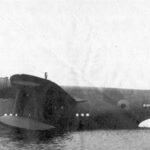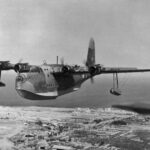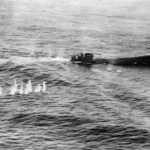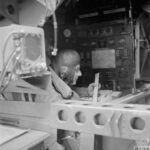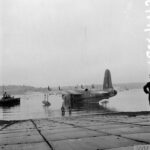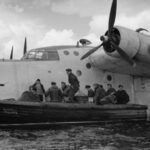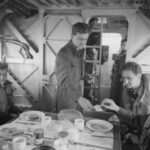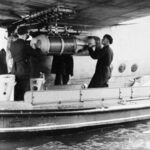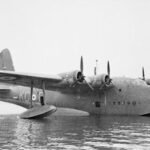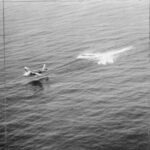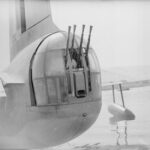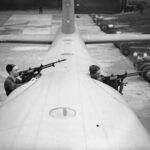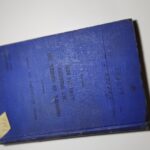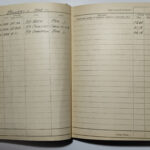The 14 JANUARY 1945 Memorial can be viewed on the Dornoch Firth shore,
from a lay-by on the west side of Scotland's A9 carriageway
around 3.4 miles north-west of the Tain Museum
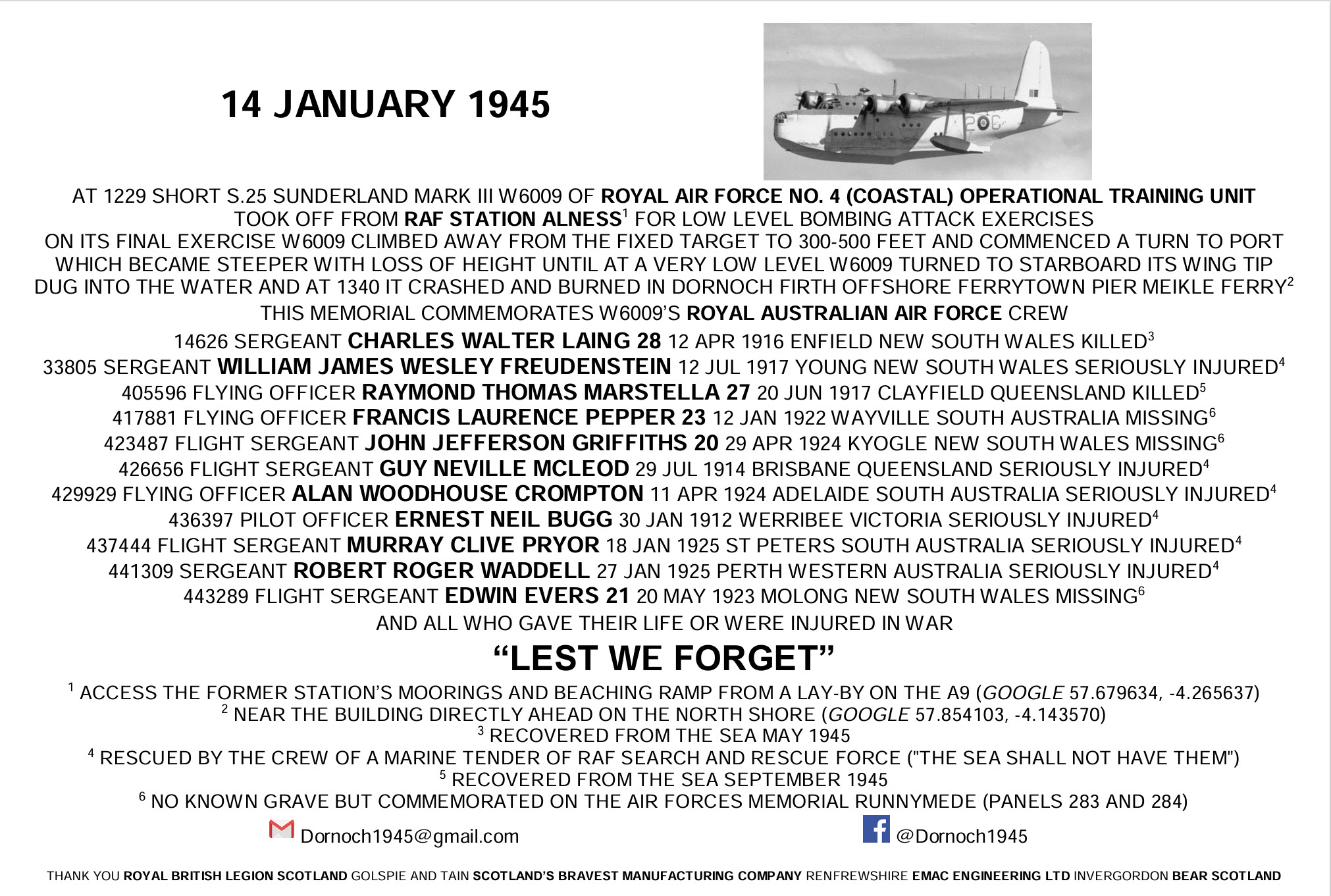
Our Crew
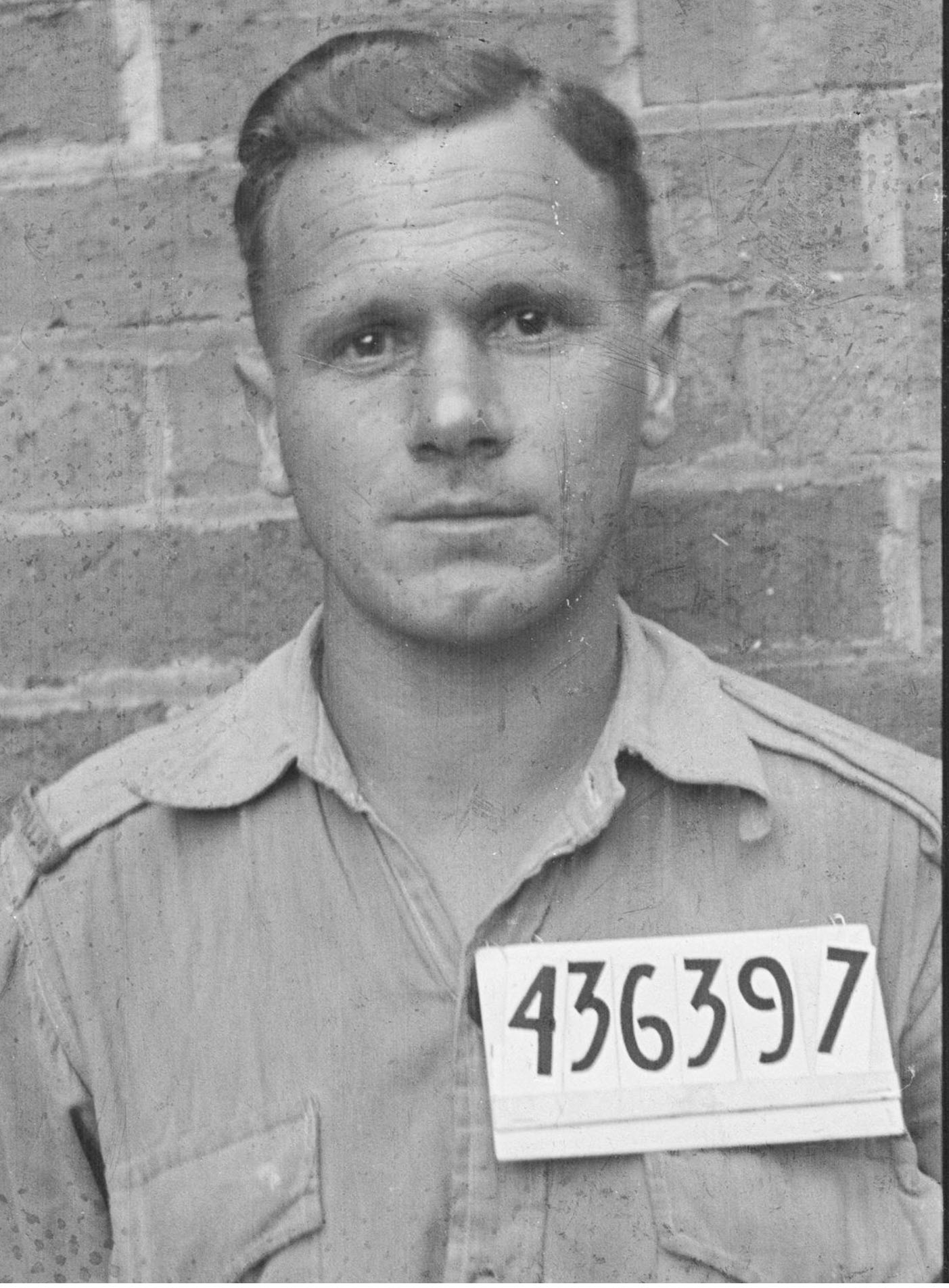
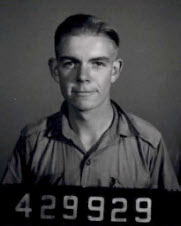
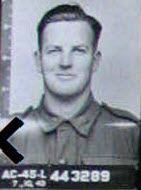
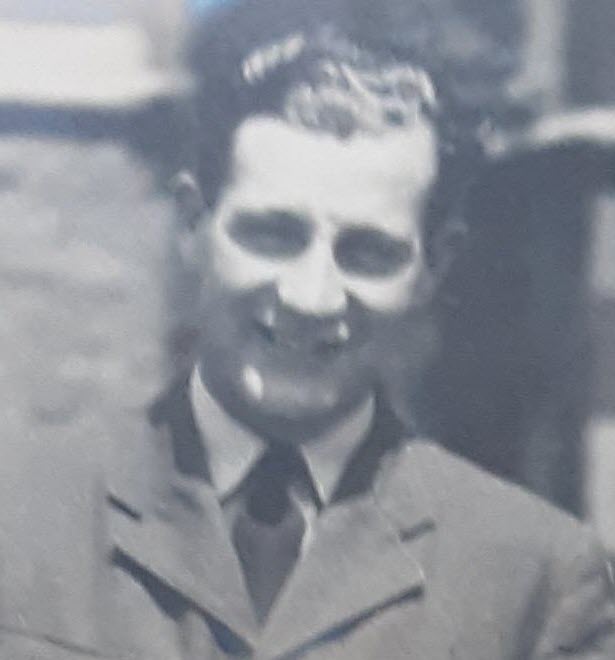

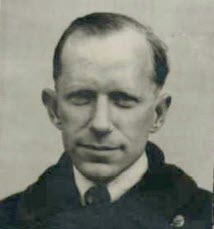
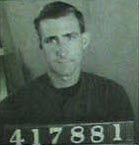
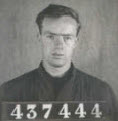

Ranks
The JANUARY 1945 Memorial is in Place
July 2024
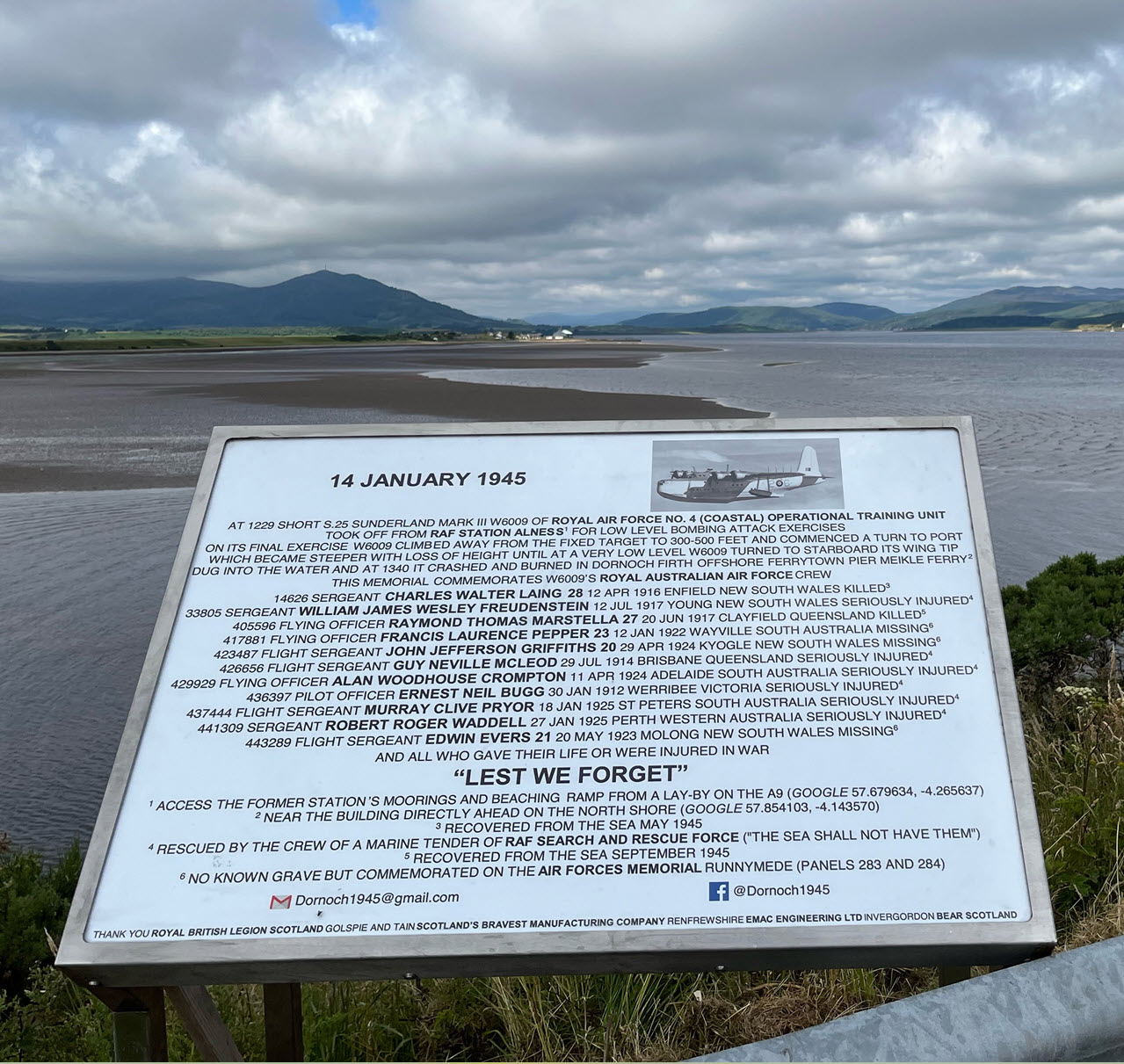
The Stand is Complete
March 2020
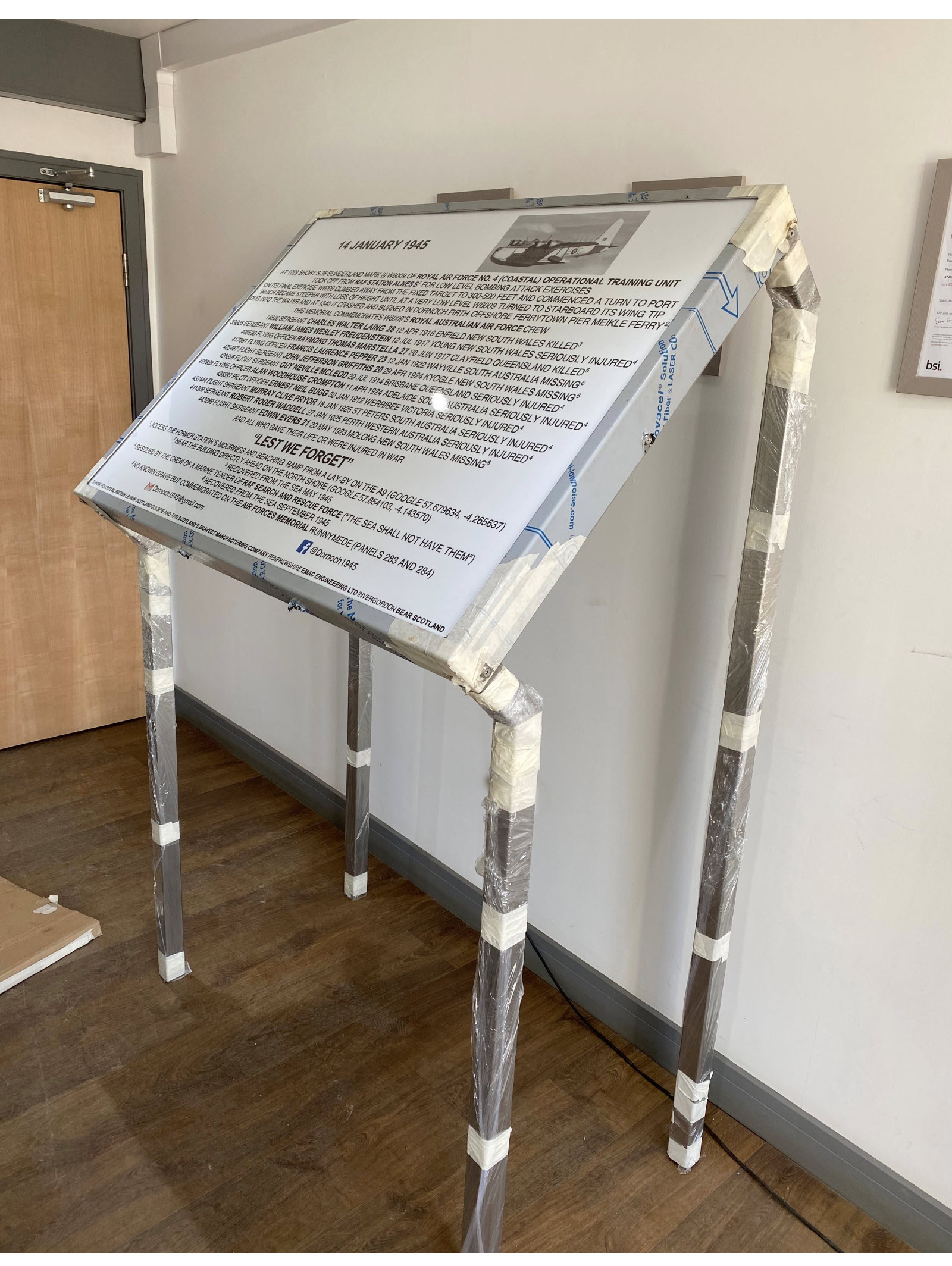
The Stand is in Production
at Emac Engineering Limited, Invergordon, January 2020
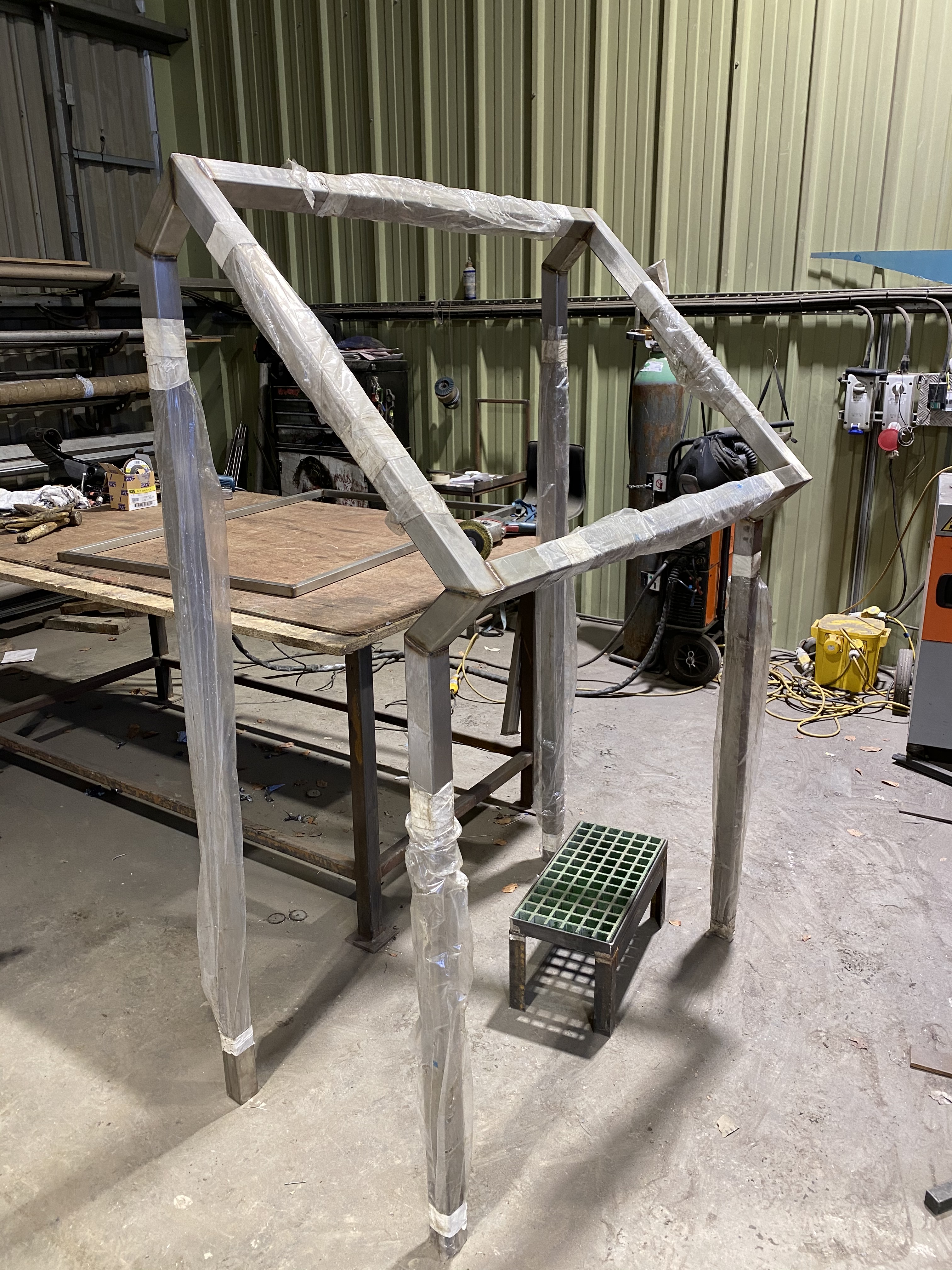
The Plaque is Completed
December 2019
Pictured with Jim Smith, one of the Scotland's Bravest Manufacturing Company team who manufactured it.
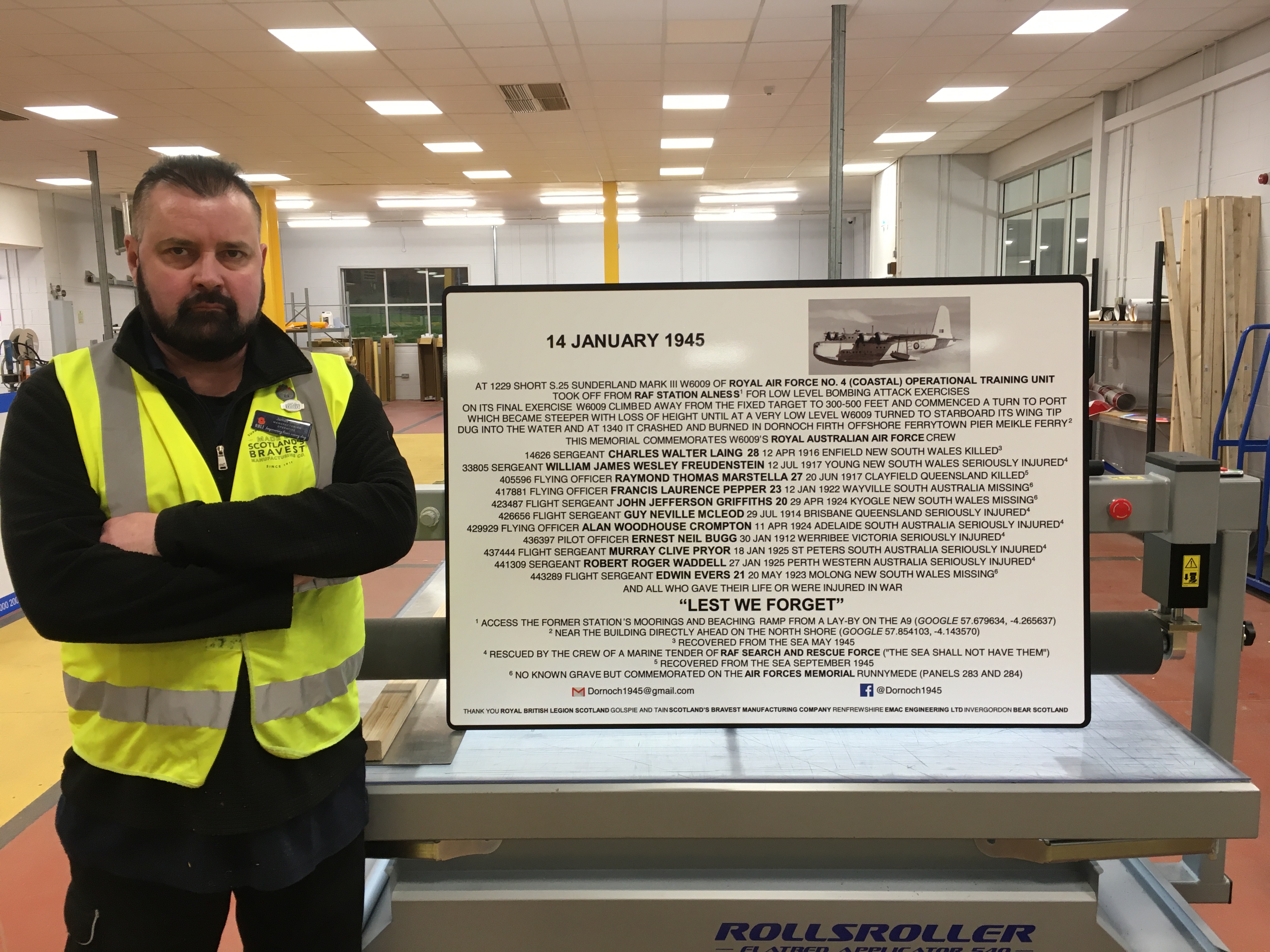
Royal Air Force Station Alness
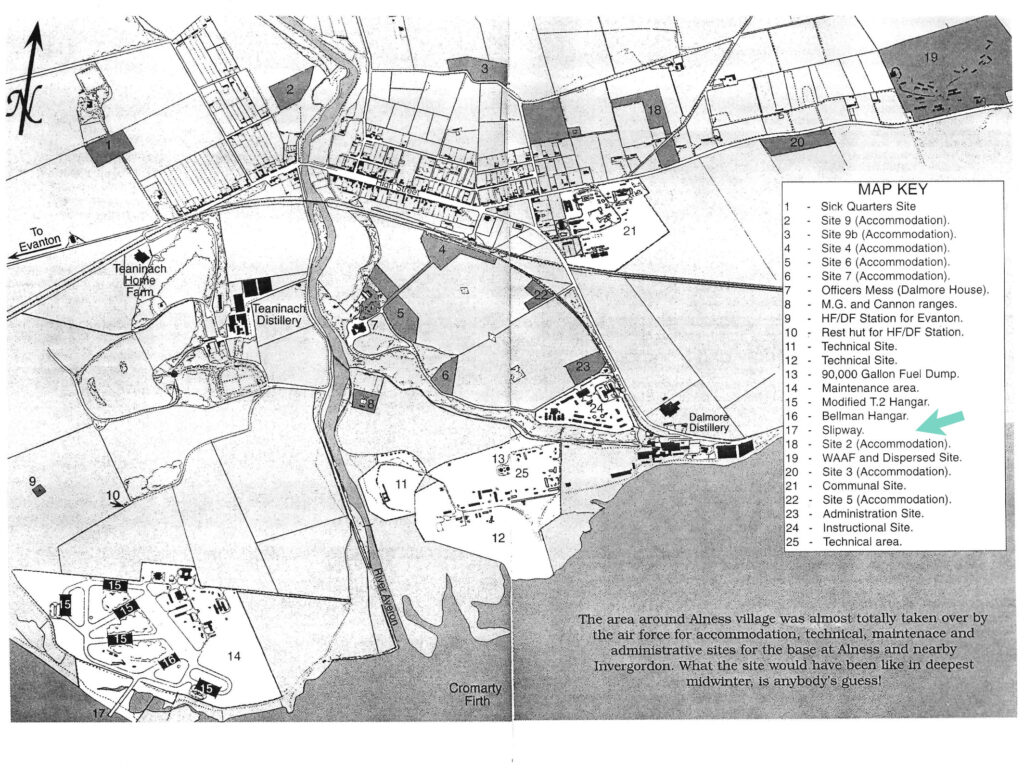
Final flight
Extract from 18 March 2019 UK Ministry of Defence letter
"On 14 January 1945, [our crew were] on Short Sunderland Mk Ill Serial Number W6009 of No 4 (Coastal) Operational Training Unit then based at RAF Alness, Ross & Cromarty, Scotland. The crew were tasked with undertaking a low-level bombing attack exercise and took off at 12.29 Hrs. After twenty one recorded attacks, the aircraft was observed to do a straight climb away from the target up to between 300 and 500 ft, commence a turn to port which progressively became steeper, the aircraft losing height at the same time, until at a very low level the aircraft was seen to come out of the turn to port and proceed immediately into a turn to starboard, when the starboard wing dug into the water and the aircraft crashed into the sea at Dornoch Firth."
Rescue
Extract from Meikle Ferry Operations Book
"Sunderland Aircraft Mk 111, W6009, No4 (C) O.T.U., crashed in Dornoch Firth. Marine Tender No917 proceeded immediately to scene and was able to pick up six survivors. Coxswain (935832 Cpl. Taylor) was informed that five of the crew were still aboard aircraft. He made a search but was unable to find any trace of these and owing to the condition of those already picked up he decided to return to the Unit with all speed. Craft arrived back at Unit with survivors at Approx 14.30 hrs. Medical Officer R.A.F. Station, Tain, who had been informed by phone, was waiting at the pier with ambulance and patients were given first aid and transferred to hospital forthwith. Pinnace No19, (631249 Sgt. Meadows) Coxswain, had in meantime, been started up and proceeded to the scene of the crash, meeting the Marine Tender returning. Coxswain was informed that there were five members of the crew still unaccounted for. A search was carried out for a further two hours but without success. Pinnace returned to Unit at 16.30 hrs. Sqn Ldr W.M. CARLAW, DFC, (O.C. Unit) visited wreckage and ordered a marker buoy to be attached. Pinnace No19 stood by wreckage until 2200 hrs but nothing further reported."
Marine Tender No. 965
likely similar to No. 917
Pinnace No. 17
likely similar to No. 19
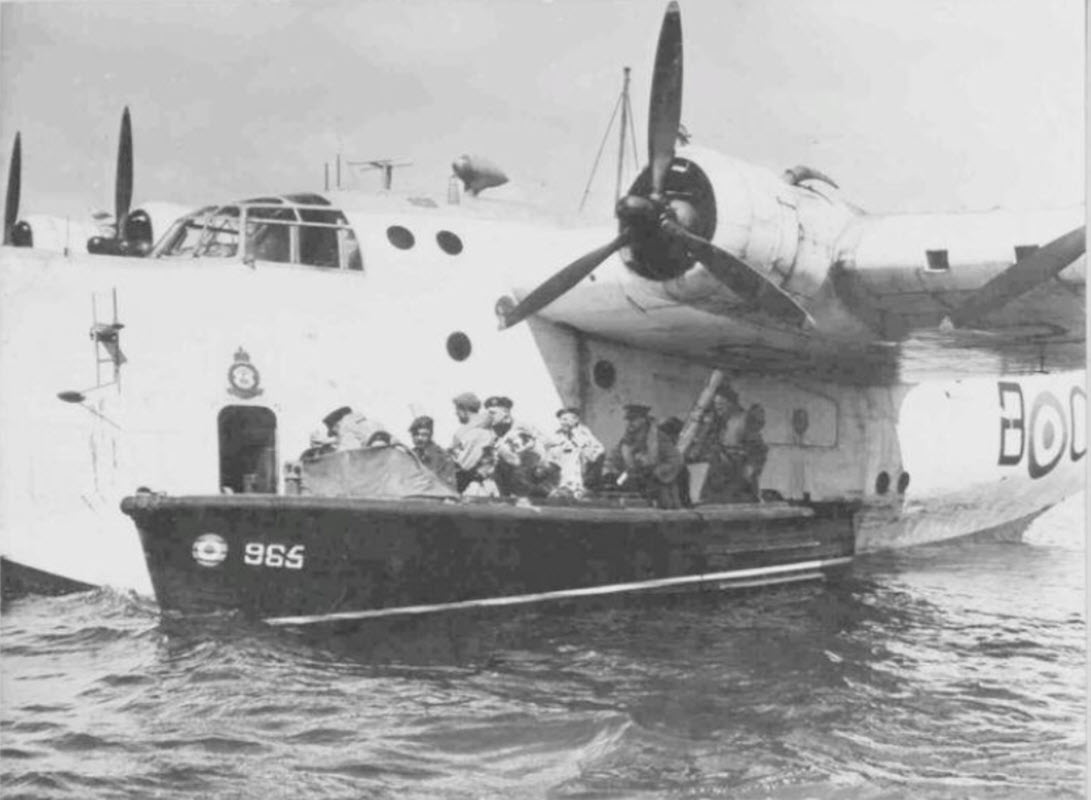
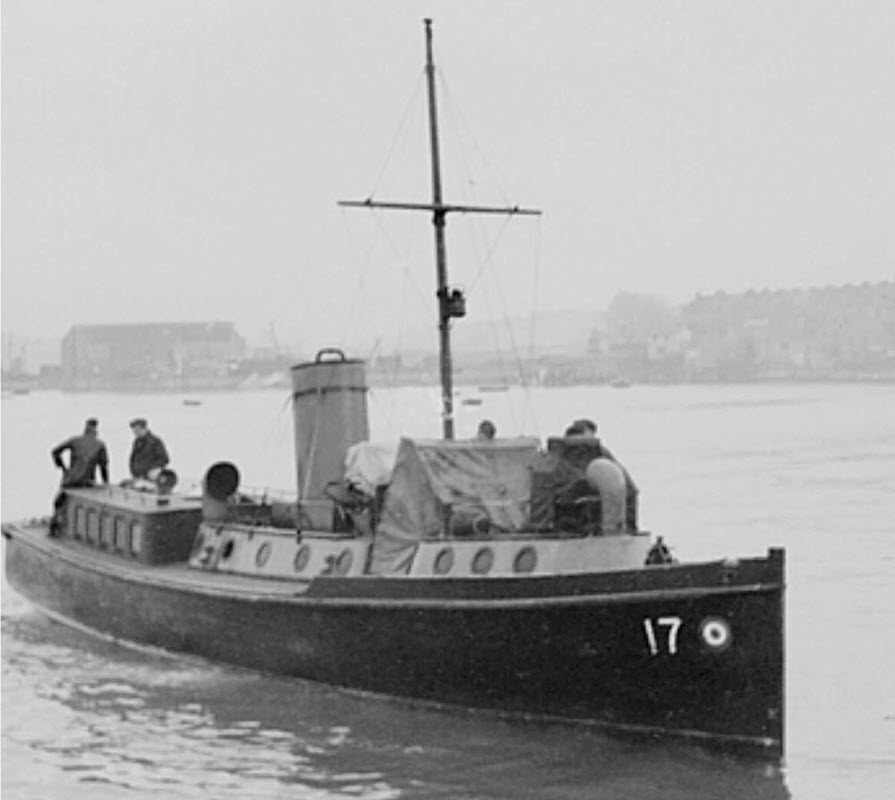
I could not find a photograph of Marine Tender No. 917. As I loaded the photograph of its kindred No. 965 to this page, I read "B" and "D" on the fuselage of the Sunderland in the background and remembered "A/C Sund. BD." in the Extract above. I wondered if the Sunderland behind No. 965 might be Our Crew's Sunderland? But no, because RAF typography has "D" without curves on the left downstroke.
The map below may show the general course of W6009's last flight from offshore
RAF Station Alness into the Dornoch Bombing Range and on toward Meikle Ferry
The Dornoch Bombing Range, now called the Tain Bombing Range, is still in use
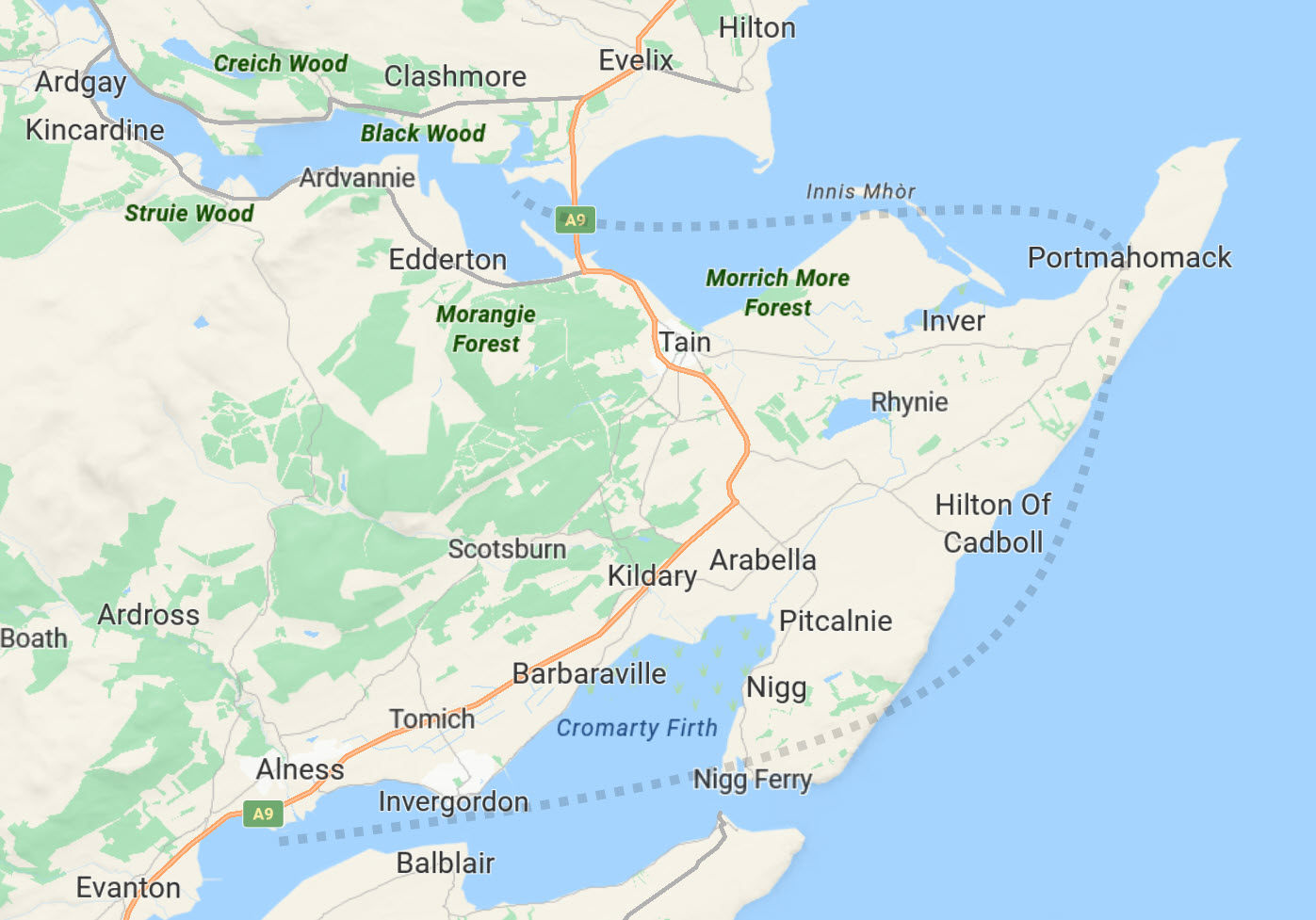
Extract from 4(C)OTU Alness Operations Record Book

Commemorated at Runnymead Memorial, UK
Commemorated at Harrogate (Stonefall) Cemetery, UK
Short S.25 Sunderland Mark III
Read more about the Sunderland - the "Flying Porcupine"
Royal Air Force No. 4 (Coastal) Operational Training Unit
No. 4 (Coastal) Operational Training Unit was formed in 1941 as part of Coastal Command at RAF Stranraer to train aircrew on coastal command flying boats. It was based at RAF Alness Station from June 1941 to August 1946. It was disbanded in 1947.
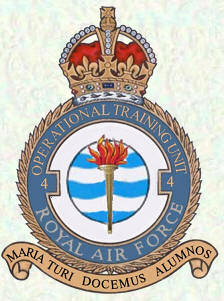
Last days
Extract from FLGOFF Pepper's Flying Log Book
